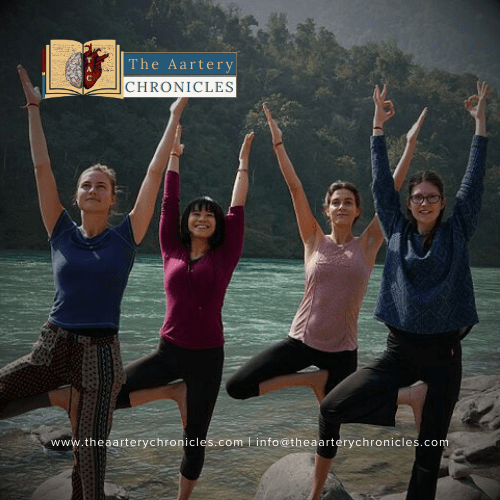
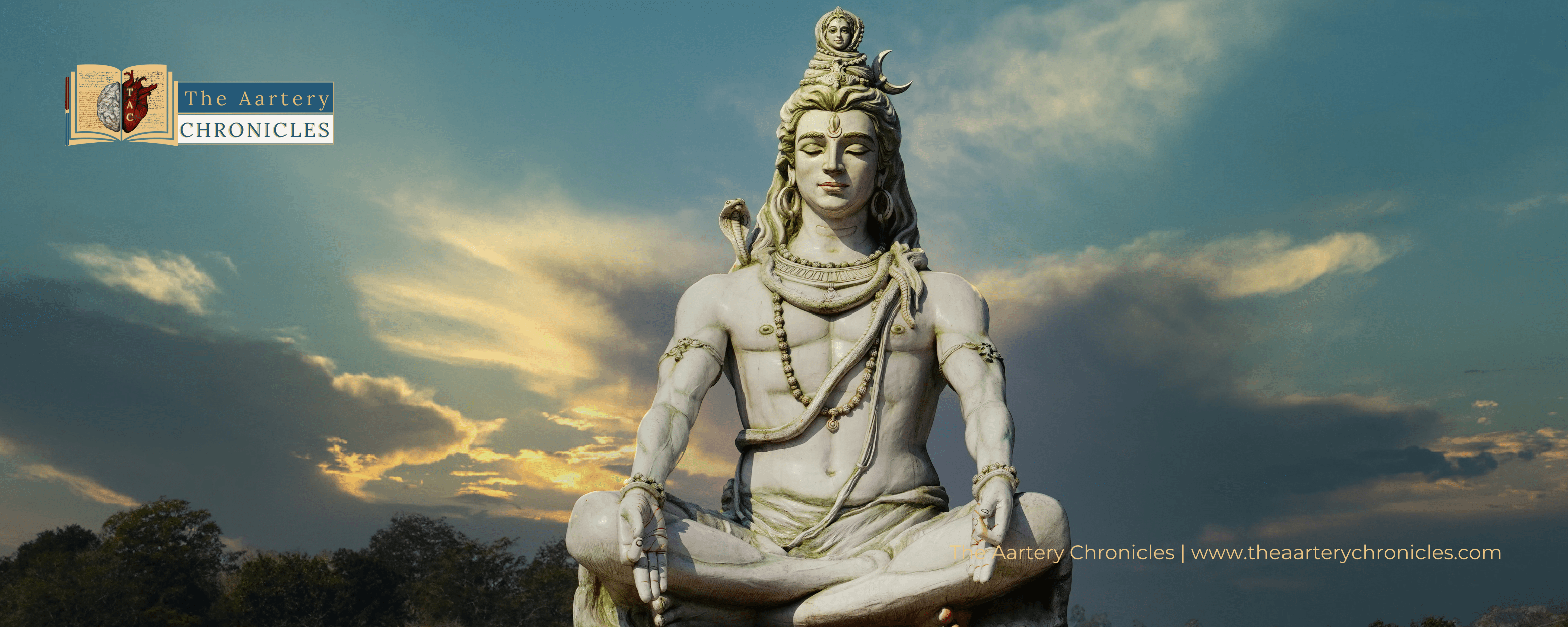
Rishikesh: The Yoga Capital of the World and Its Timeless Connection to Inner Wellness
What would you say if I told you that I know a sure-shot healing method to alleviate the effects of that occasional nagging stress headache, that resident constipation, those tired eyes, the slowly emerging pot-belly etc. etc. Yes, you got it right! There is one superpower that can be used by all of us for a healthy body and mind and it is called Yoga!! You can call it the next best medicine, after laughter (as laughter is the best medicine). Yoga has now become a lifestyle, which is helping thousands of people all across the globe, to build a good body and mind and improve the quality of life.
We can trace the origins of Yoga to Rishikesh, aka Hrishikesh, which is known as the Yoga Capital of the World. It is nestled in the Shivalik Himalayan range in the district of Dehradun, in the state of Uttarakhand in India. It is a famous place having religious significance and a spiritual realm for visitors. The landscape, the ambience, the fresh air, the pleasant weather, the positive vibes, and the river banks, all, make it the ideal place to be rightly called the Yoga Capital. The word Rishikesh evolves from Sanskrit, where “Hrishika” denotes the senses and “Isha” denotes God i.e. Lord of the Senses.
There are numerous Ashrams, Schools and centres of Philosophical studies, Yoga and ancient Indian Wellness traditions situated here. As you all must know, the Beatles were a very, very famous British Rock band in the early Sixties. They were invited by Maharishi Mahesh Yogi, a Yoga guru (teacher) who founded the technique of Transcendental Meditation. The Beatles practiced meditation and Yoga here and being away from the limelight, they were able to relax. This calm state of mind enhanced their creativity and they wrote more than 50 songs during their stay here. These songs went on to become very popular i.e. ‘Blackbird’, ‘Dear Prudence’, ‘Everybody’s got something to hide except me’, Sexy Sadie, to name a few, which were part of their albums The White Album and Abbey Road. Little did we know that these songs were ‘made in India”, that too in the 60s!! This marked the beginning of the popularization of Yoga across the World, as people were gradually learning about the concept of inner peace and harmony towards a meaningful life.
Whereas the humble beginnings of Yoga in Rishikesh can be traced back to centuries. The ancient texts like the Vedas and Puranas have mention of Yoga in them. Historians say that Lord Rama did penance for killing Ravana in the caves and forests of Rishikesh. It is also said that Lord Shiva practised Yoga as he was always seated in Padmasana (Lotus pose) and his dance form of Nataraja is an amalgamation of Yogic postures. Historians also state that Lord Vishnu appeared to a sage Raibhya Rishi here and that Rishikesh is another name for Lord Vishnu.
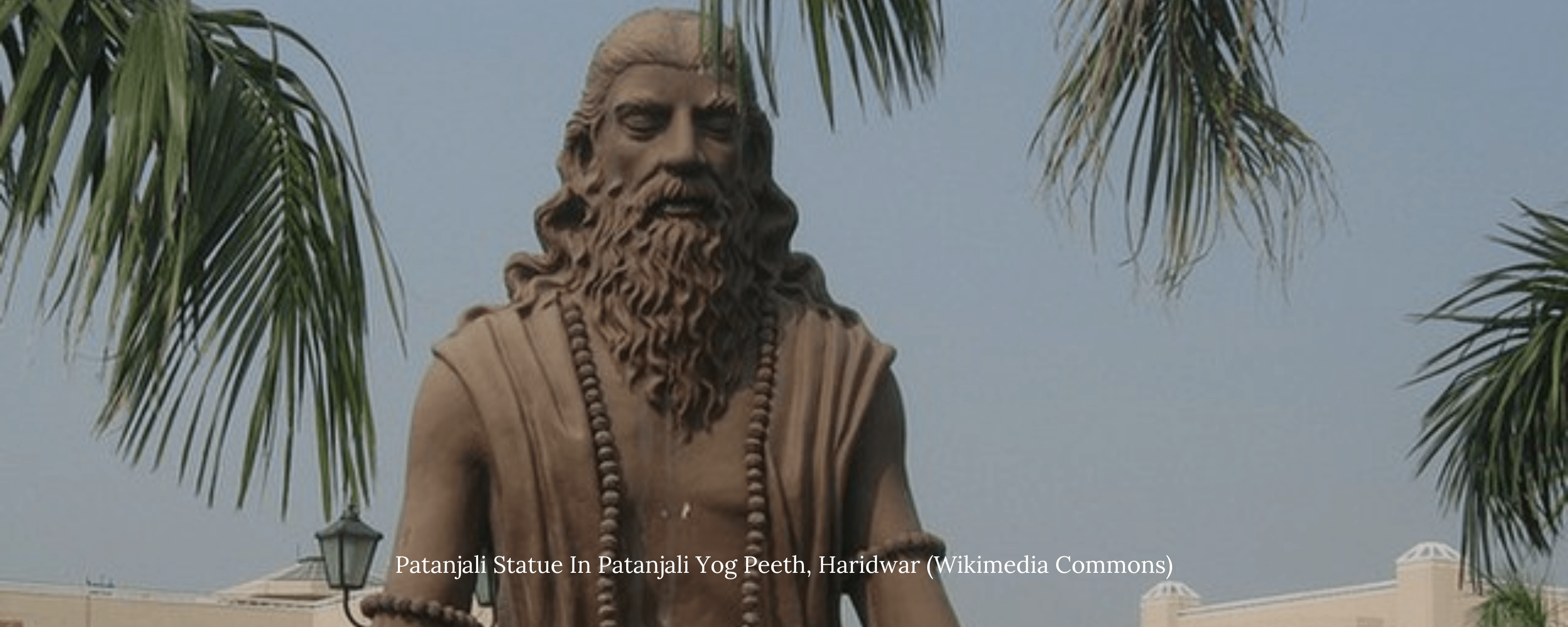
The Sage Maharishi Patanjali is known as the Father of Yoga, and his treatise Yoga Sutra dates back to 2000 (two thousand years)! His writings are relevant to this day as they are a simple compilation of diverse and complex historical texts. Yoga is a Sanskrit word which means “to yoke, to unite”. In simple terms, this means the union of the mind, body and senses, where they all become one, for self-enlightenment.
Yoga Sutra states that there are eight limbs of Yoga:
1) Yama – Meaning abstinence from unethical practices:
We need to awaken virtues like Ahimsa (non-violence), Satya (Truthfulness), Asteya (Non-stealing), Brahmacharya (Chastity) and Aparigraha (Non-Avarice). We need to stop being violent by word or deeds, always speak the truth, be content with what we have and not think of stealing from others in any situation, utilise our energy in better things instead of indulging in mindless sexual encounters and stop being greedy of wealth, position, power and possessions.
2) Niyama – Meaning Observances of positive practices:
We need to follow positive practices like Saucha (Purity of mind, speech and body), Santosha (Contentment), Tapas (Self-discipline), Svadhyaya (Study of Vedas, self, and self-introspection), Isvarapranidhana (surrendering to a higher power/God). We need to cleanse our minds of bad thoughts, cleanse our speech from using foul language, clean our bodies to maintain good hygiene/health, be content with what we possess, control our desires, read-study and learn from the scriptures Vedas, learn about ourselves, learn about our inner sense and give up to the powerful presence of God.
The Yama and Niyama control our weaknesses and cultivate a sense of good character.
3) Asana – Meaning Posture:
We need to practice various Yogic postures till we are comfortable and relaxed, motionless and can hold the posture/s for a short duration.
4) Pranayama – Meaning breath control:
We need to control our breath by regulating and focusing on our breathing in and out, deep breaths, that bring about a sense of calmness.
5) Pratyahara – Meaning withdrawal of senses:
We need to disregard our physical senses look within and become more aware of our inner self. Instead of concentrating on the sounds around you, focus and listen to your breathing, which will bring you a deep sense of relaxation and increased awareness. Not easily done, but not impossible, either!
These three limbs cultivate control over the mind, body and senses.
6) Dharana – Meaning concentration:
We need to focus on a particular object/concept/place or idea and concentrate on it. This can be done by focusing on an object/a Mantra (chant)/our breathing/our navel/the tip of our tongue. The magic here is to concentrate as this will help quieten your mind and ward off any other thoughts. This helps in stress management and improves physical and mental wellness.
7) Dhyana – Meaning Meditation:
We need to focus our attention on our breath for some time. This will train our minds to concentrate on what is imperative/required and to remove all other things/thoughts from our heads. Once we reach a higher level of meditation, our mind becomes still, without any thoughts/feelings to think about. It’s tough but if our ancient Sages could do it, so can we.
8) Samadhi – Meaning Absorption:
We have reached the desired state of mind/ trance where we are not bothered with material/physical aspects and we are in the purest state of mind. As Deepak Chopra says: You not only feel bliss but become bliss”. A sense of infinite bliss!
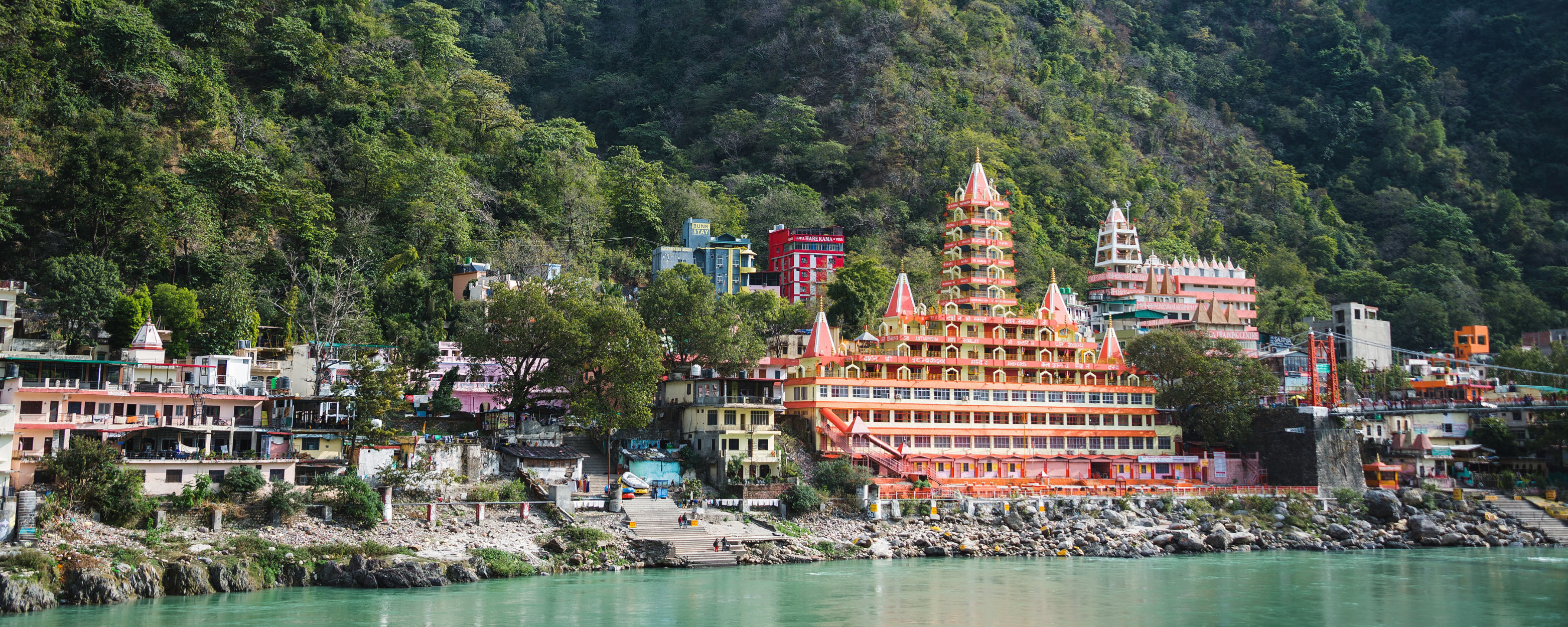
There are numerous benefits associated with Yoga:
A healthy lifestyle, flexibility and balance of the body, builds muscle strength, relieves pain, eases tension, improves blood circulation, maintains a healthy heart/blood sugar blood pressure, increases immunity, lowers Cortisol levels, balances the nervous system, improves lungs/digestive system, increases focus, removes insomnia, enhances will power and discipline, increases emotional intelligence and creates a sense of awareness and happiness in us. Who will want to miss this chance? After all, it’s for our good, isn’t it??
Yoga is a holistic practice which has evolved over some time and many types of Yoga are practiced all over the world.
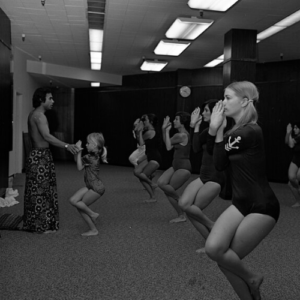
This type is the basic and slow-paced postures that combine stretching, Pranayama and meditation. This helps us relax completely.
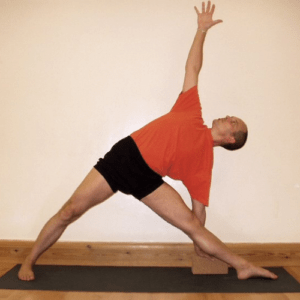
This type is a more disciplined approach which emphasizes perfectly aligning your body during the poses. This was developed by B.K.S. Iyengar, a renowned Yoga teacher and author, who is considered one of the leading teachers in the world.

Vinyasa yoga is a popular and dynamic style of yoga that emphasizes the coordination of breath with movement. It is sometimes referred to as "flow" yoga because of the smooth way the poses transition from one to another, creating a continuous flow of movement.
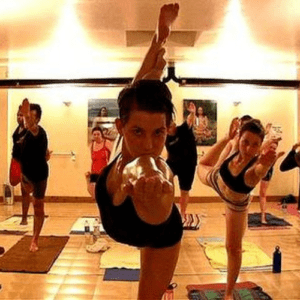
This type of Yoga also known as “Hot Yoga”, initiated by Bikram Choudhury, involves 26 postures to be carried out in a heated room (105F) where the entire body is engaged with optimal functions of the internal organs, veins, ligaments and muscles.
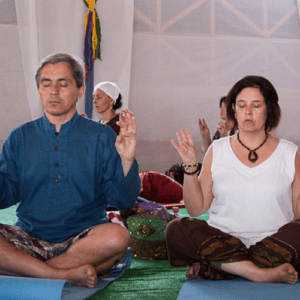
This type of Yoga is a blend of physical exercise and spirituality. It combines movements, Asanas, meditation and Pranayama, with the chanting of Mantras (Chants). This builds strength and energy and increases consciousness.
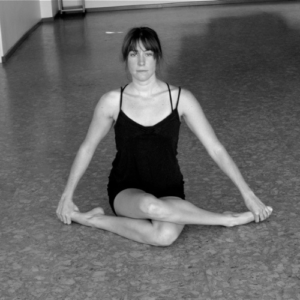
This type of Yoga is a slow-paced style which incorporates the principles of Chinese medicine, where the emphasis is on holding the postures for a longer period, as opposed to other styles, with more focus on the breath.
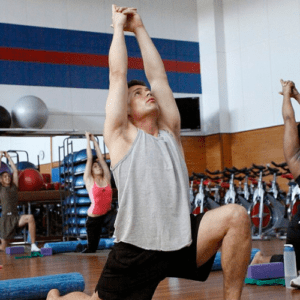
Power yoga is a vigorous and physically demanding style of yoga that emerged in the late 20th century as a Westernized version of traditional yoga practices. It was designed to provide a more intense and fitness-oriented workout while still incorporating some of the fundamental principles of yoga, such as breath awareness and mindfulness. Power yoga classes are typically fast-paced and challenging, aiming to build strength, flexibility, endurance, and mental focus.
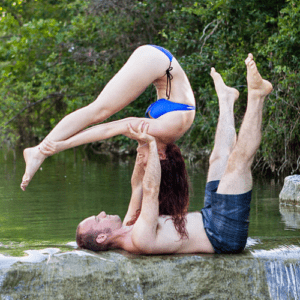
This type of Yoga is a fusion of Yoga and Acrobatics, which is done with partners, and it helps to increase groundedness, mindfulness and athleticism.

This type of Yoga is designed for pregnant women and prepares them for childbirth by relaxing the body and focusing on safe techniques and poses in all stages of pregnancy.
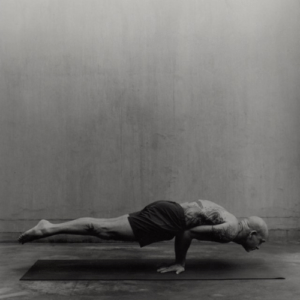
This type of Yoga is akin to exercise and is a more dynamic form, made up of six series or levels, with a fixed order of postures. The first series of postures are practised over months or years, before moving on to the next series.

This type of Yoga is a proprietary style created by David Life and Sharon Gannon in 1984. It is the very vigorous and physical type which works on the five basic principles of Meditation Dhyana), Music (Nada), Ahimsa (Nonviolence), Devotion (Bhakti) and Scripture (Shastra).
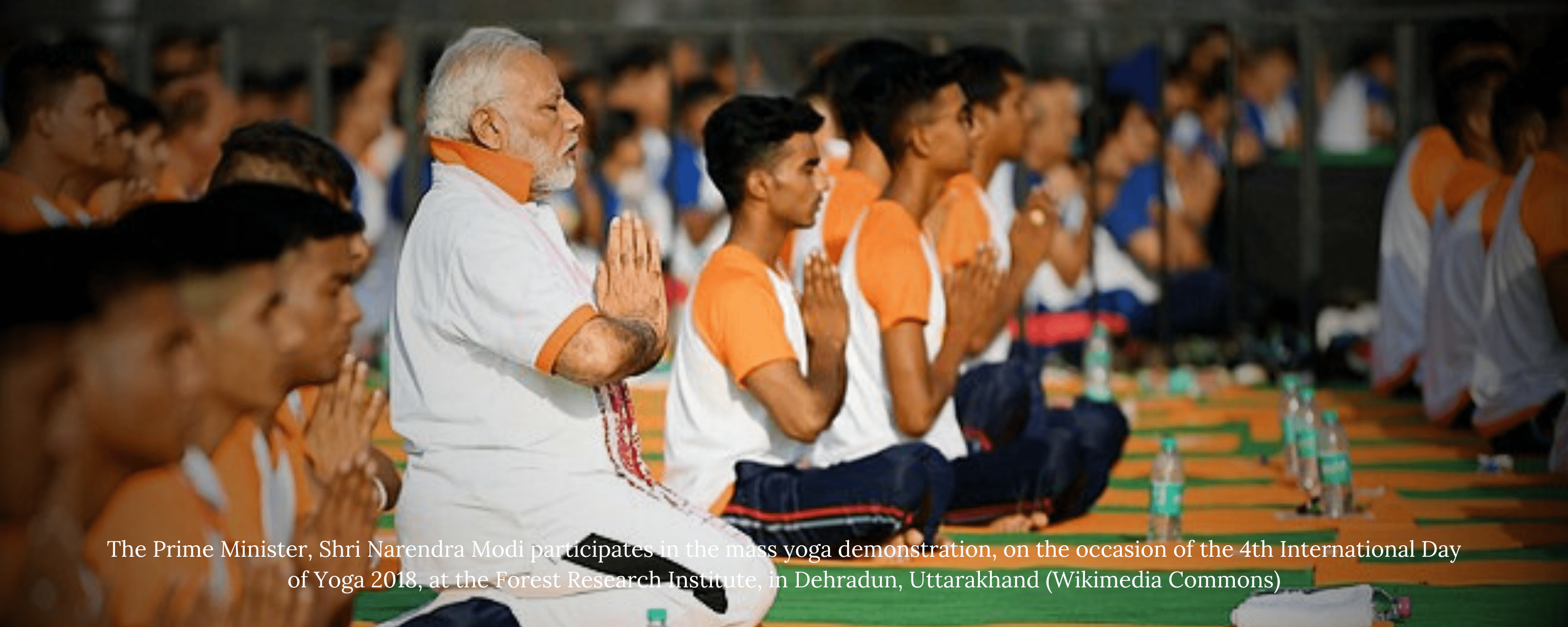
There are every type of Yoga asanas – be it for relieving stress easing constipation boosting stamina aiding in weight loss for glowing skin, relieving gas/bloating or for instant energy, for relief from acidity, or reducing anxiety, and many more. You name it, they have it!! The subject is so vast with such immense information, all of which cannot be limited to just one blog.
Many celebrities have made Yoga a way of life. In Bollywood, we have Shilpa Shetty Kundra, Kareena Kapoor Khan, Malaika Arora, Dia Mirza and many more. In the West, we have celebrities like David Beckham, Jennifer Aniston, Russel Brand, Kate Hudson, Justin Timberlake, Lady Gaga, Madonna, and Beyonce to name a few. All these celebrities are ardent Yoga enthusiasts and we can see for ourselves how well-maintained they are.
We have also seen our Hon’ble Prime Minister Shri Narendra Modi doing Yoga with a host of other dignitaries on International Day of Yoga which falls on 21 June each year. This was the fruit of the sincere effort of Shri Narendra Modi, which was lauded and approved by the United Nations General Assembly on December 11, 2014 – proclaiming June 21 as International Yoga Day and which has entered its 9th year in 2023. What an achievement!
Rishikesh, also, hosts the International Yoga Festival each year, from 01 to 07 March, and it is in its 17th year now. Yoga practitioners throng the festival in huge numbers every year where we have some of the very best teachers present.
So, what is stopping you from signing up for that Yoga class today? Believe me, you will acknowledge me once you try it personally. You can sign up for an offline Yoga class/ online Yoga class or tutorials as there are many available. These Yoga teachers have taken formal training studied hard and obtained proper degrees to teach the subject. So, you are in safe hands.
To sum up, “na hi jnanena sadrsam pavitramiha vidyate, tatsavayam yogasamsiddah kalenatmani vindati (Chapter 4, Verse 38 of the Bhagwad Gita) meaning – “In this world, there is nothing so purifying as knowledge. One who has attained perfection in yoga finds it within himself in due course of time”. Yoga is a way of life, that teaches us about ourselves with a bit of patience, perseverance and commitment on our part.
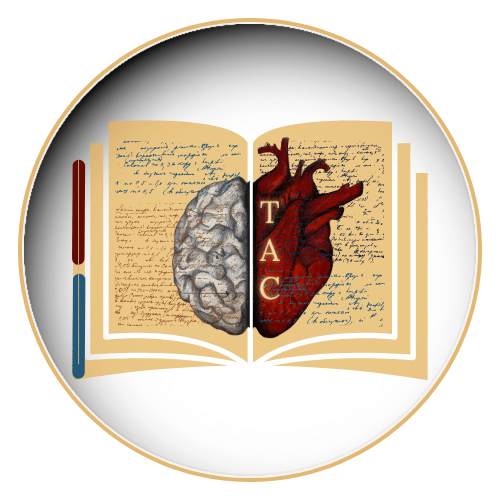
Author: Ms. Rupal Sonpal



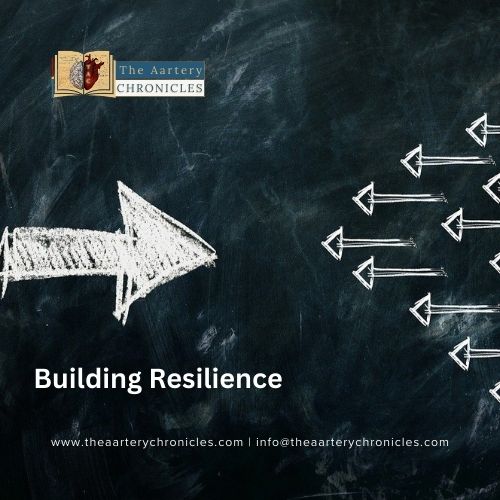

Amazing article and so well written. The details are very useful. Keep up the good work
Very explicitly written.
Inspiring and infectious thoughts.
People will benefit from this write up.
Well researched & well articulated!
Deeply researched, a very vast and expansive topic systematically expressed in a relatable manner. I am going to go back to this many times as a reference.
Contemporary choice of topics makes very interesting reading.
Very useful information in simple language keep it up Rupal.
. Very informative .
Well/written. Great reminder too.
Well-written and concise. Great reminder too.
Very well written and informative article .
That was quite an insightful and thought provoking content Rupal! Enjoyed reading it!!
you are actually a good webmaster. The site loading pace is
incredible. It seems that you are doing any unique trick.
Also, The contents are masterwork. you’ve performed a great process in this subject!